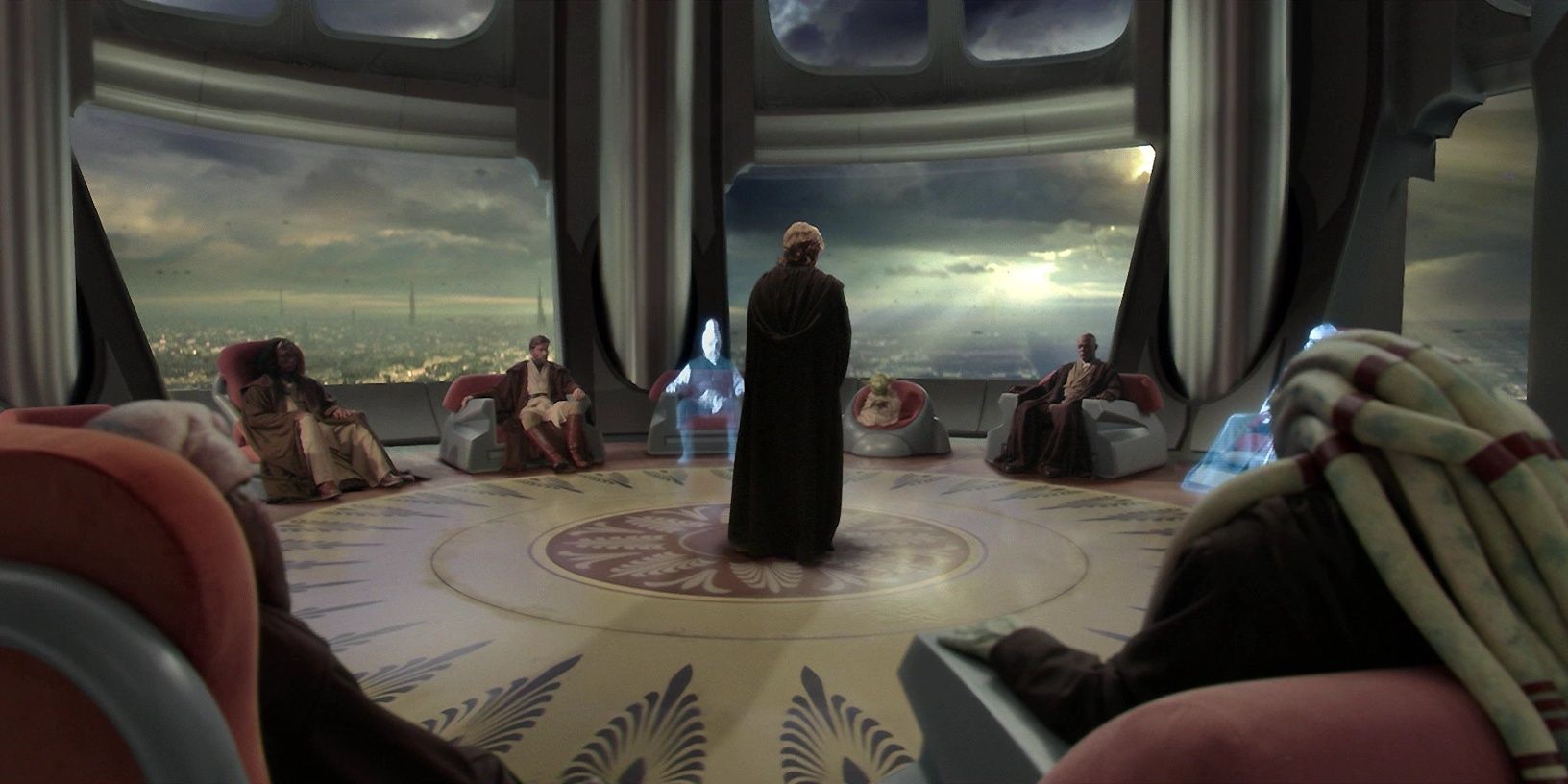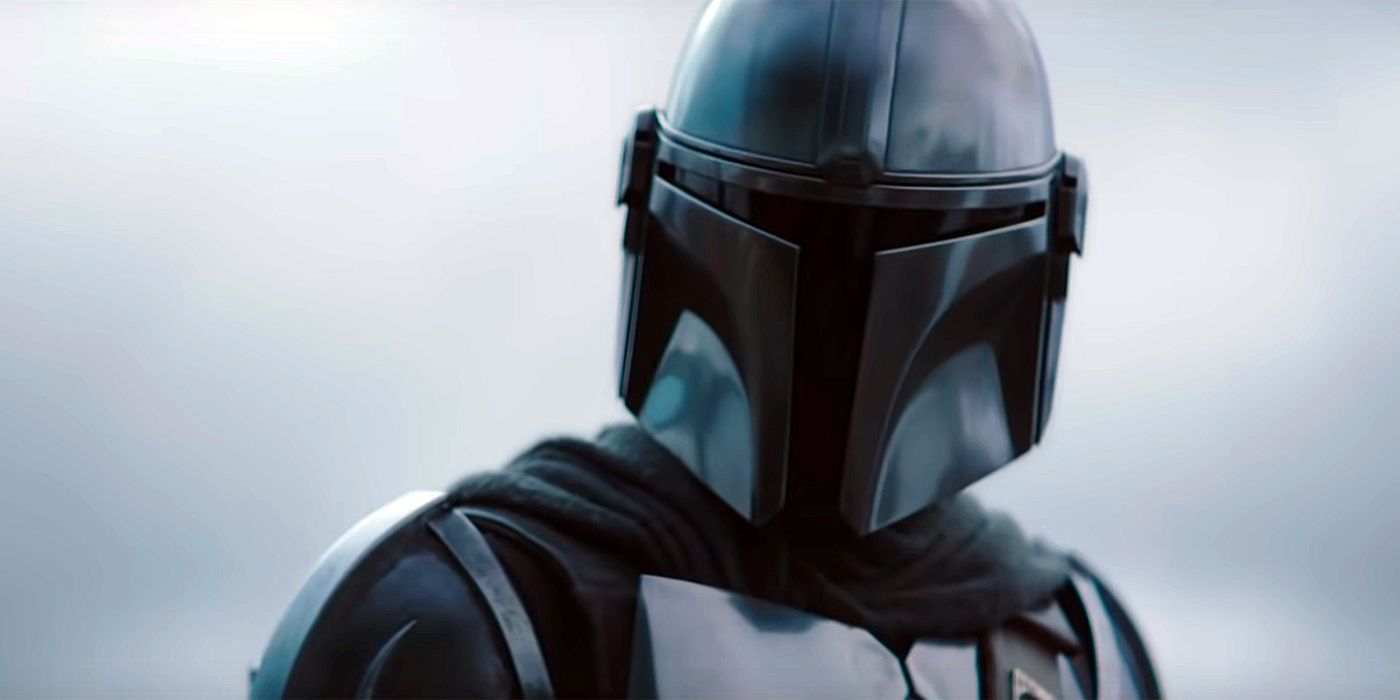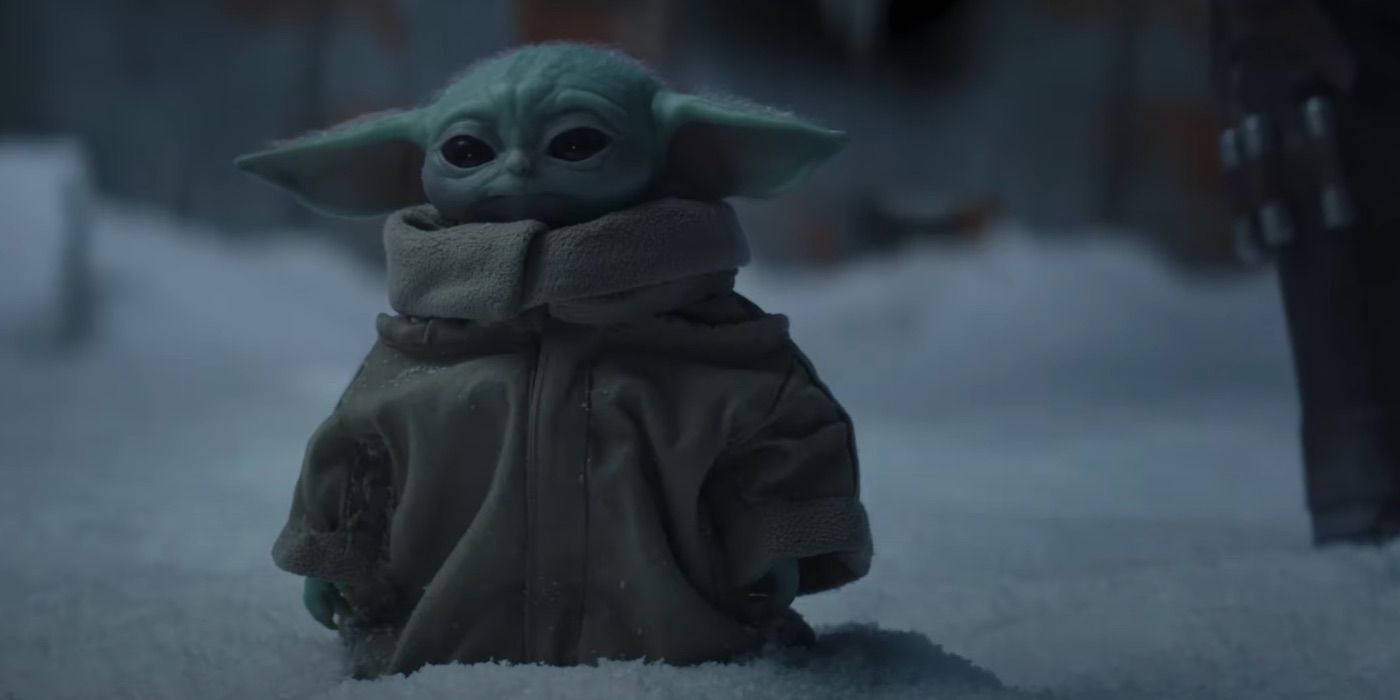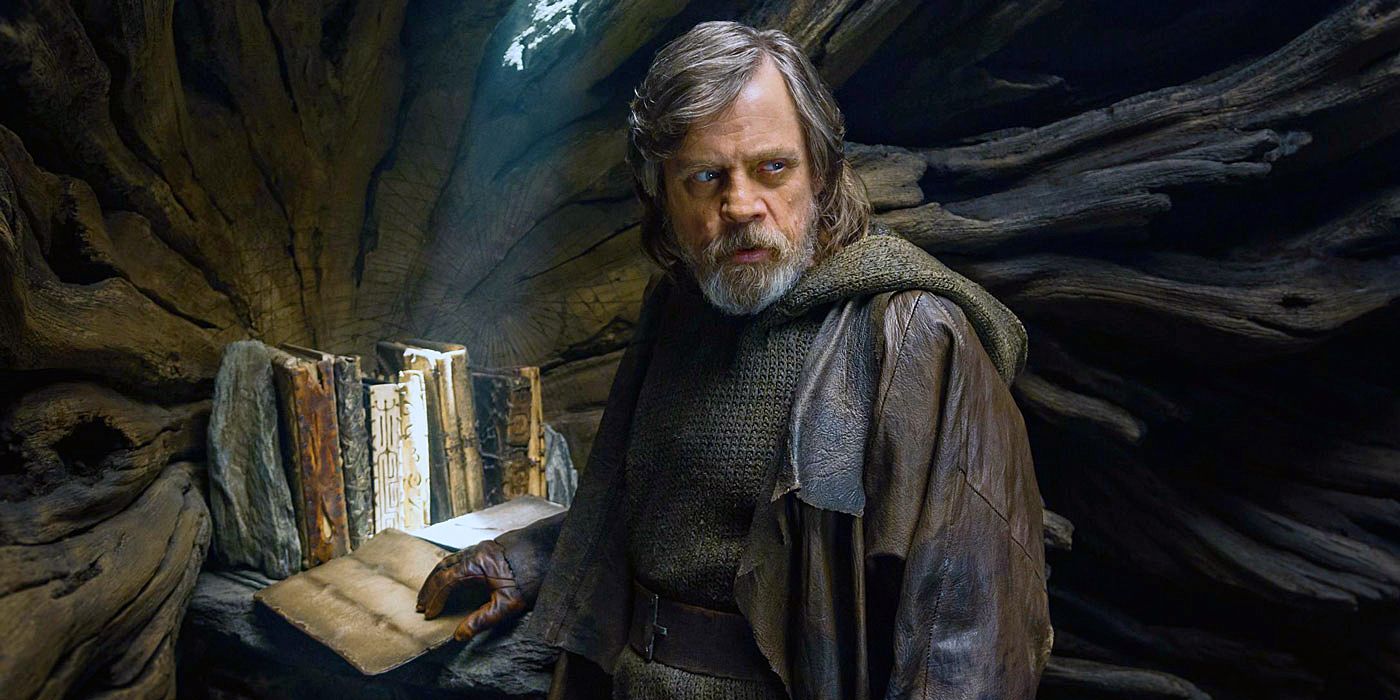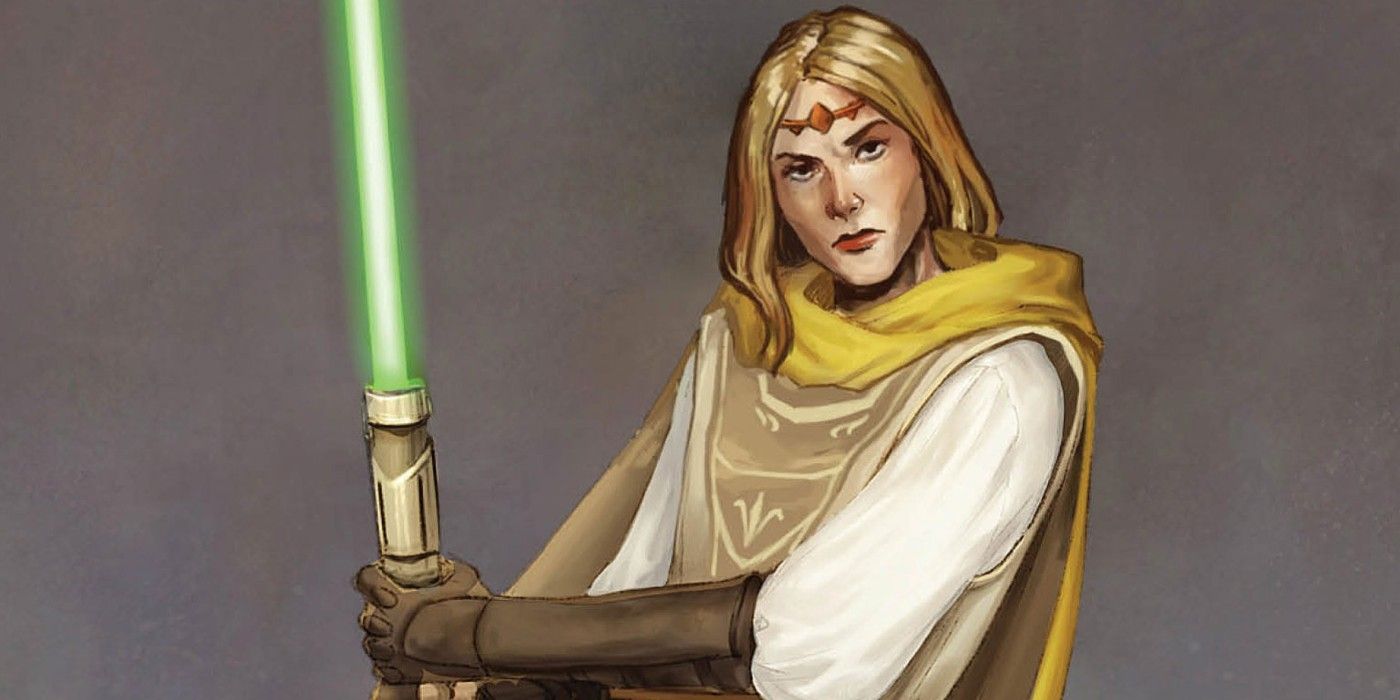"The songs of eons past tell of battles between Mandalore the Great and an order of sorcerers called Jedi," says the Armorer, setting the bounty hunter on the path of Season 2 of The Mandalorian. Mando, in turn, asks why he must deliver his tiny green creature, The Child, to "a race of enemy sorcerers." His question implies that "Jedi" is a term completely foreign to him. This is strange, as the Jedi and other Force users were, for the longest time, the bogeymen of Mandalorian culture as evidenced in the past Mandalorian-Jedi War.
While this war is certainly in the distant past, the Jedi Order itself is not. Order 66 was executed 20 years before the Battle of Yavin, or 20 BBY. The Mandalorian takes place about five years after the fall of the Galactic Empire, or 5 BBY, as depicted in Return of the Jedi, which accounts for a span of approximately thirty years. This fact makes it difficult to believe that Mandalorians might have completely forgotten about them. But Din Djarin is not the first being in the Star Wars galaxy to believe the Jedi are a myth -- in nearly every movie, at least one of the characters refer to the Jedi as such. Star Wars keeps attributing these Force sensitive beings to mere myth time and time again -- but why?
This attitude toward the Jedi is absent from the prequel trilogy. In the Galactic Republic, the Jedi are the norm. They have a temple, a council and a large presence; however, their wider universe influence is not as mighty as they would like to think, and outside of the galaxy's mid-core, people see them as either easy marks, con-artists with telekinesis, a ticket out of poverty, or terrifying kidnappers of children. Their actual influence in the daily lives of the general population is insignificant, and this paired with their monastic lifestyle and avoidance of braggadocio would have worked against their renown once the Empire took over, killed most of the Jedi, disbanded the Jedi Order and destroyed most of its records.
The same goes for the hinted history of Mandalore in The Mandalorian -- it seems as if Mandalore was besieged and invaded by Imperial Forces, and its records and people suffered a similar fate to the Jedi. The Mandalorians that are displayed in the show seem very young and they might not have all of the history of their culture, particularly if they were adopted as younglings by other foundlings.
Presumably, Mando's ignorance about the Jedi can be more or less justified in The Mandalorian, but this treatment reoccurs in The Force Awakens, The Last Jedi, Rogue One and even the new Timothy Zahn Thrawn books, while in the old EU most of the characters in the stories knew perfectly well who the Jedi were. Why does Disney -- or the creators behind the new canon -- keep treating the Jedi as myth?
There are two reasons: The first one is that Disney specializes in fairy tales for children, and its default storytelling mode is to take a classic folk story, sanitize it for a modern audience and repackage it as a family-friendly film. They target these films at young children, who presumably are watching these films for the first time, unlike their parents who have likely seen the past Star Wars installments. This technique requires that the story recreates the sense of wonder, magic and mystery every time it iterates because the creators must assume that a large part of the audience is new to the universe. The easiest way to do this is to use a non-magical person as an audience surrogate (in the case of The Mandalorian that would be Mando) so that they can rediscover the Jedi and the Force on the terms of that specific story.
This is a fair technique, but now Disney has a problem that may conflict with it. The Rise of Skywalker effectively ended the central Skywalker family and performed really poorly with hard-core fans and general audiences, so the issue it now has is that it doesn't know where to take the Galaxy next. Instead of aiming for the future where this rediscovery of the Jedi and the Force would make a lot of sense plot-wise, they are going toward the past, to eras where it's hard to believe that the Jedi were mysteriously forgotten.
This clearly wasn't the plan before The Rise of Skywalker. There were more than enough clues prior to this film in ancillary material (e.g. novels, video games, comics) that hinted at a post-Skywalker future with different new Jedi clusters and exciting new Force powers spread across the Galaxy. Ezra's mysterious disappearance in Rebels, Cal Kestis' exploration quests in Jedi: Fallen Order, Doctor Aphra's mentions of ancient Jedi sects, Ahsoka Tano's adventures, and even the Chiss sky-walkers and Chaos navigators from the Thrawn novels pointed in this direction -- to a galaxy teeming with knowledge of the Jedi.
Instead, The Rise of Skywalker didn't do so well, and Disney put Star Wars on brand rehab, focusing all of its projects in the past of the saga. The Mandalorian, Kenobi, Cassian Andor and The Bad Batch will all require a reintroduction of what the Force is over and over, even if the core audience of these shows are adult fans that are familiar with the Star Wars universe and the Jedi.
Meanwhile, The High Republic, an upcoming series of Star Wars novels, will dive into the Jedi and their golden days of centuries past. The clear directive of these books is to evoke a sense of nostalgia instead of renewal, and these Jedi of yore seem more like Knight Templars than the more relatable coming-of-age stories of the Skywalker saga. Still, despite being set in the past, this might be one of the storylines that actually won't treat the Jedi as a myth.

